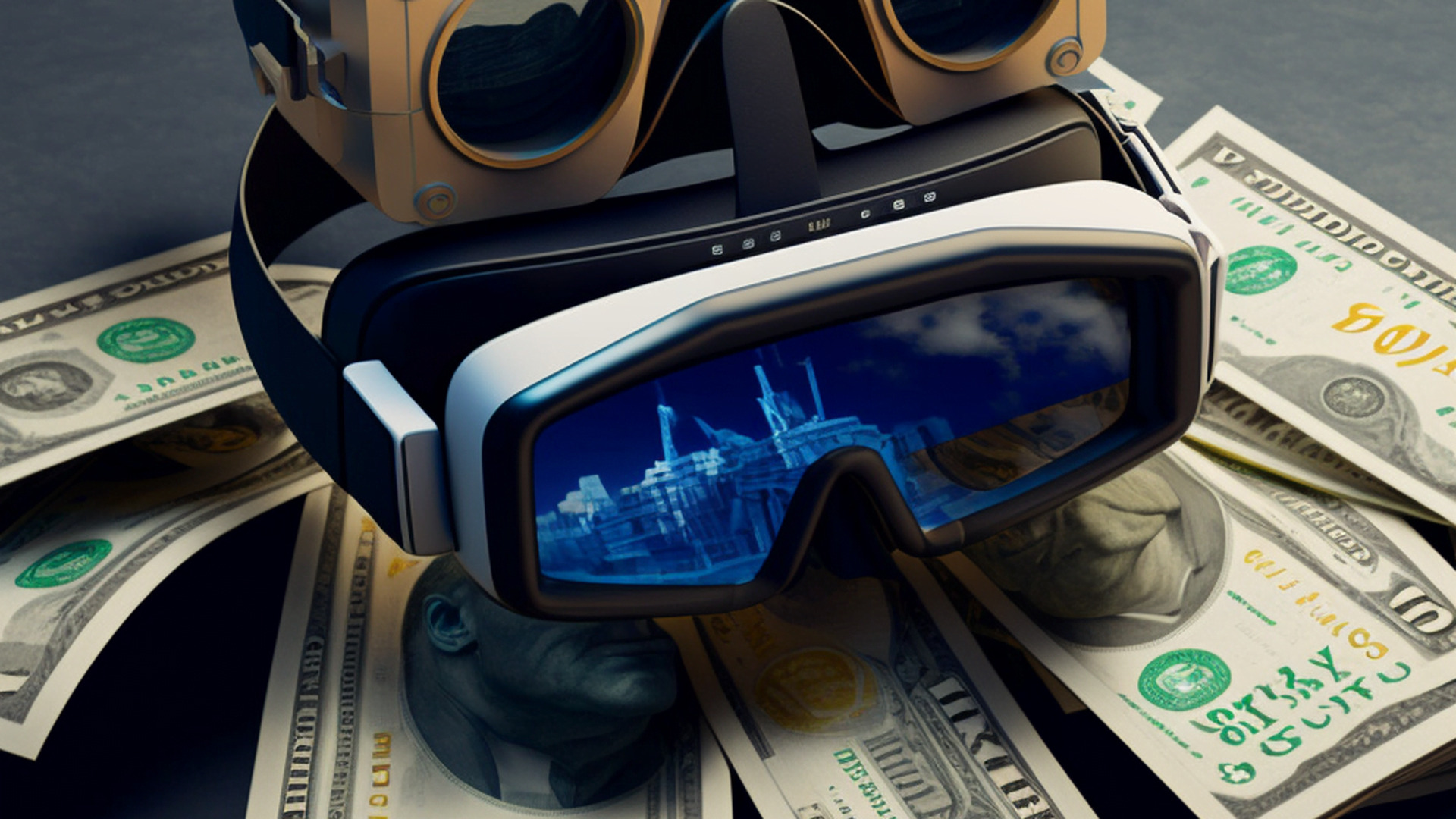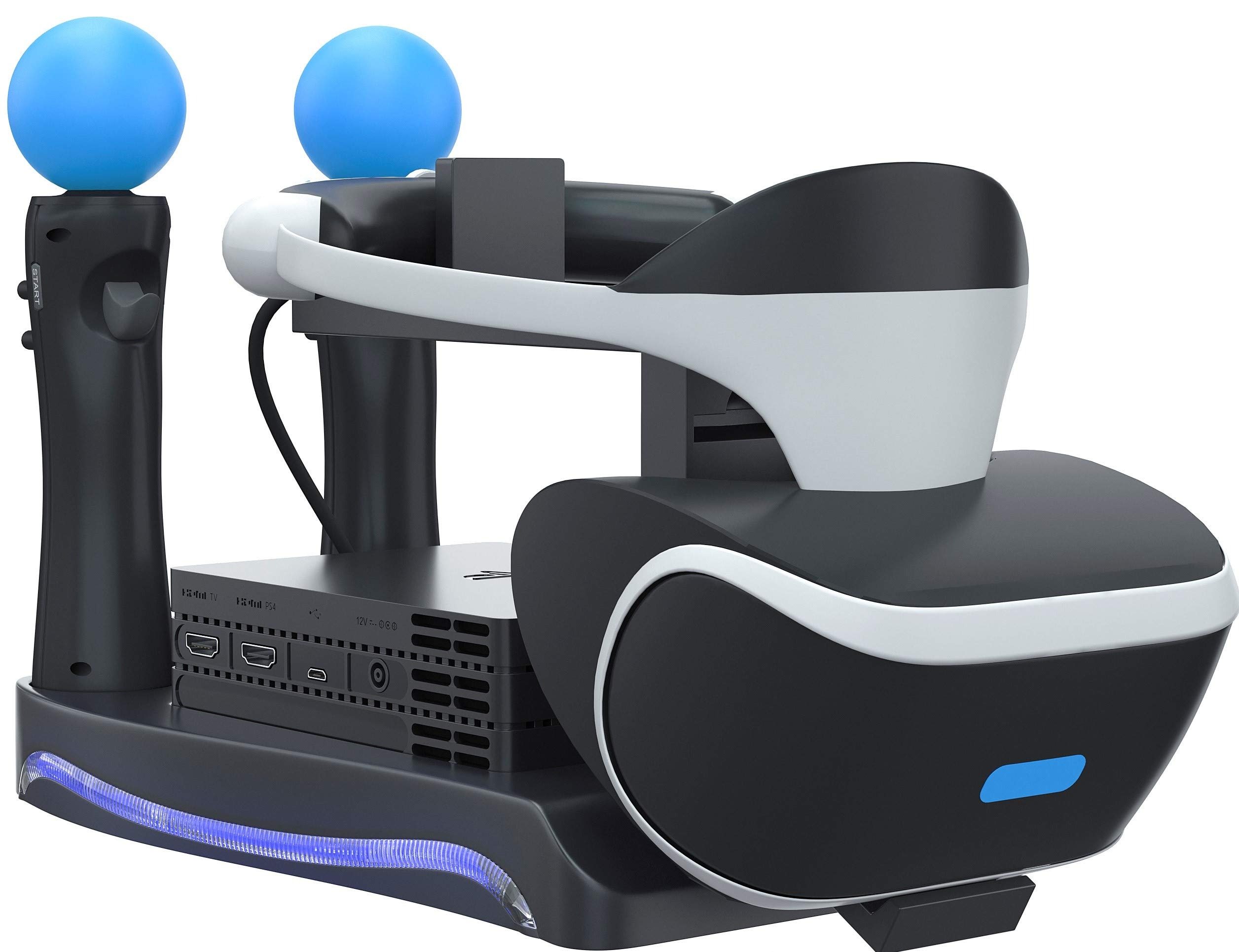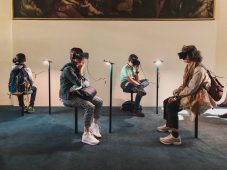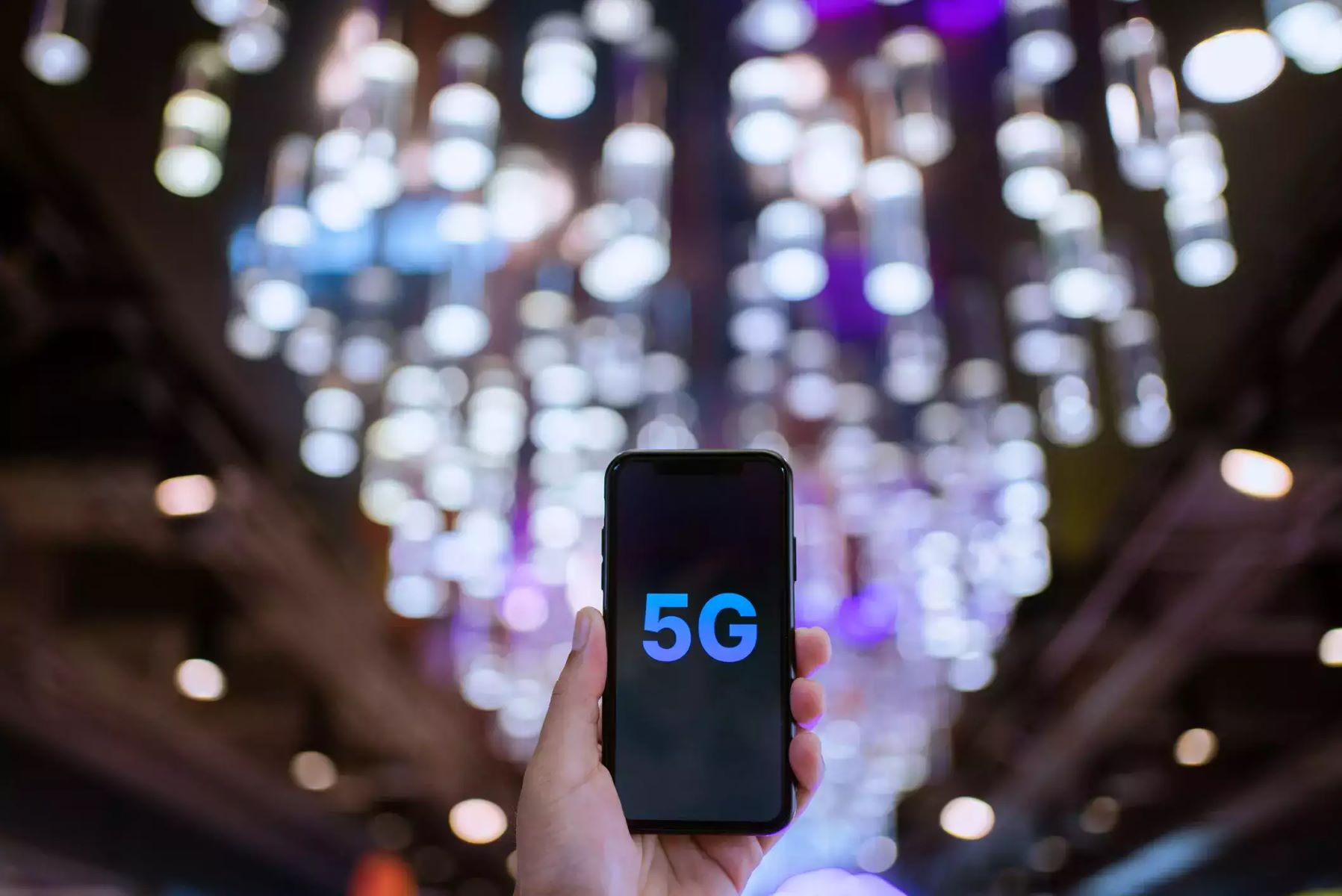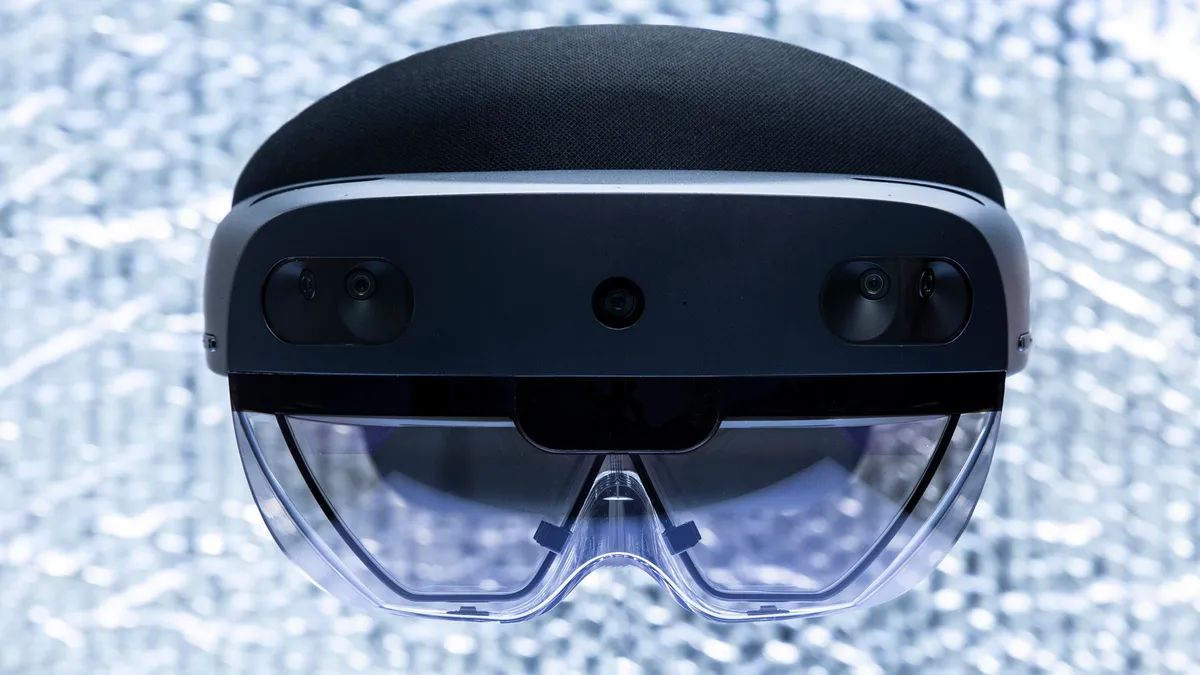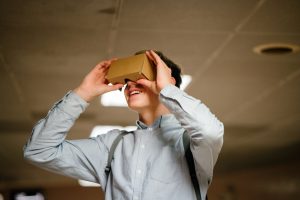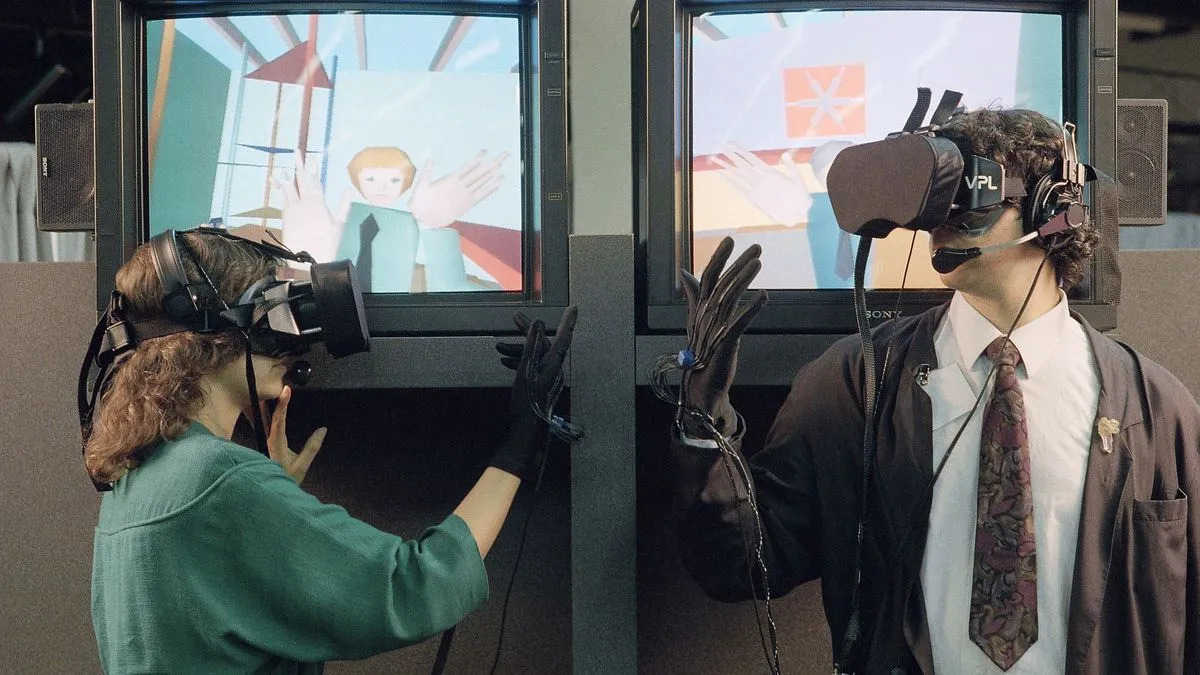Introduction
Virtual reality (VR) has become increasingly popular in recent years, enabling users to enter immersive and lifelike digital worlds. From gaming and entertainment to education and training, VR offers a range of exciting experiences. However, before you take the plunge into this virtual realm, it’s important to consider the cost involved in setting up your own VR system.
While the cost of VR technology has come down significantly compared to its early days, it still requires a financial investment. In this article, we will explore the various factors that contribute to the overall cost of virtual reality, helping you determine how much you need to budget for a VR setup.
Setting up a VR system involves several components, each with its own cost considerations. The main components include the VR headset, a computer system capable of running VR applications, and any additional equipment or accessories you may want to enhance your VR experience.
Choosing the right VR headset is crucial, as it directly impacts the quality of your virtual reality experience. There are various options available on the market, ranging from standalone headsets that don’t require a computer, to high-end headsets that offer cutting-edge graphics and immersive capabilities. The price of VR headsets can range from a few hundred dollars to several thousand dollars.
Once you have selected a VR headset, you need to ensure your computer system is VR-ready. Not all computers can handle the demands of VR, so it’s important to check the minimum system requirements provided by the headset manufacturer. The cost of a VR-ready computer system can vary significantly depending on your needs. You may need to invest in a new graphics card, processor, and additional RAM to meet the VR requirements.
In addition to the headset and computer system, there are other equipment and accessories that can enhance your VR experience. These include motion controllers, sensors for tracking movement, a comfortable and ergonomic gaming chair, and even haptic feedback devices that simulate touch and vibrations. While not essential, these elements can significantly improve the immersion and realism of your VR experience.
Finally, one must consider the cost of VR games and experiences. Many VR games are available for purchase or download, with prices ranging from a few dollars to the full price of a regular video game. Additionally, some VR experiences may require a subscription or in-app purchases for additional content.
By considering all these factors, you can determine the overall cost of setting up your own virtual reality system. In the following sections, we will delve deeper into each component and provide a comprehensive overview of the potential costs involved. Let’s explore the exciting world of VR and the expenses that come with it.
Setting Up a Virtual Reality System
Setting up a virtual reality (VR) system requires careful consideration of the various components and their costs. To begin, you will need a VR headset, which is the primary device that immerses you in the virtual world. There are numerous VR headsets available on the market, each with its own features, capabilities, and price range.
The cost of a VR headset can vary depending on the brand and model. Standalone VR headsets, such as the Oculus Quest or the HTC Vive Focus Plus, typically start at around $300 and offer a more accessible entry point to VR. On the other hand, high-end PC-powered headsets, like the Valve Index or the HTC Vive Pro, can cost upwards of $1000, but provide a superior visual and interactive experience.
Once you have chosen a VR headset, you need to ensure that your computer system is capable of running VR applications smoothly. VR requires significant processing power, so it’s crucial to check the minimum system requirements specified by the headset manufacturer.
If you already own a high-performance gaming computer, you may only need to invest in a compatible VR headset. However, if your computer falls short of the requirements, you may need to upgrade components such as the graphics card, processor, or RAM, which can incur additional costs. Depending on the extent of the upgrades needed, the price range for a VR-ready computer can vary from a few hundred dollars to several thousand dollars.
In addition to the headset and computer system, there are a few other equipment and accessories that can enhance your VR experience. These include motion controllers, which allow you to interact with the virtual environment more intuitively and realistically. The cost of motion controllers varies depending on the brand and compatibility, typically ranging from $50 to $200.
Sensors for tracking movement are another important consideration. These sensors, such as the Oculus Rift sensors or the Valve Base Stations, track your position in the physical space and enable accurate tracking of your movements in the virtual world. The cost of these tracking sensors can range from $100 to $300, depending on the brand and the number of sensors required.
To create a more immersive and comfortable experience, you may also want to invest in additional accessories. A comfortable and ergonomic gaming chair can make extended VR sessions more enjoyable, and prices for these chairs typically range from $100 to $500.
Furthermore, haptic feedback devices, such as gloves or vests that provide tactile sensations, can add a whole new level of realism to your VR experience. However, these devices tend to be more specialized and, as a result, may come with a higher price tag, ranging from $100 to $1000.
In this section, we have discussed the main components required to set up a VR system and explored the costs associated with each. Remember to consider your budget and priorities when choosing the appropriate VR headset, upgrading your computer system, and selecting additional accessories. By carefully planning your VR setup, you can create an immersive virtual experience without breaking the bank.
Choosing the Right VR Headset
When it comes to choosing the right virtual reality (VR) headset, there are several factors to consider, including cost, features, comfort, and compatibility. With a wide range of options available on the market, finding the perfect VR headset can be both exciting and daunting.
One of the primary considerations is the cost of the VR headset. The price range can vary significantly depending on the brand, model, and the type of VR experience you’re looking for. Standalone VR headsets, such as the Oculus Quest or the HTC Vive Focus Plus, typically offer a more affordable entry point, with prices starting around $300. These headsets don’t require a computer system and provide a wireless and portable VR experience.
On the other hand, high-end PC-powered VR headsets, such as the Valve Index or the HTC Vive Pro, offer top-of-the-line graphics and immersive capabilities. These headsets deliver a more realistic and visually stunning VR experience but come with a higher price tag, often ranging from $1000 to $2000.
Another crucial factor to consider is the features and capabilities of the VR headset. Resolution, refresh rate, field of view, and tracking technology all contribute to the overall quality and immersion of the VR experience. Higher-resolution displays and wider field of view can provide a more realistic and immersive visual experience. Conversely, a higher refresh rate ensures smoother motion and reduces the risk of motion sickness.
Comfort is another important consideration, as wearing a VR headset for extended periods should not become uncomfortable or cause fatigue. Factors such as weight distribution, adjustable straps, and cushioning play a significant role in ensuring a comfortable fit. Some headsets offer additional customization options, such as interchangeable facial interfaces or adjustable lens distances, allowing users to tailor the fit to their preference.
Compatibility is a crucial aspect when choosing a VR headset. Check the compatibility of the headset with your computer system or gaming console to ensure seamless integration. PC-powered headsets typically require a high-performance computer with specific hardware requirements, while standalone headsets are generally more versatile and easy to set up.
Researching and reading reviews from users and experts can help narrow down the options and find the VR headset that best suits your needs and budget. Consider factors such as user satisfaction, durability, reliability, and customer support when making your decision.
Ultimately, choosing the right VR headset depends on your personal preferences, budget, and the type of VR experiences you wish to explore. Whether you opt for an affordable standalone headset or invest in a high-end PC-powered system, selecting a VR headset that aligns with your needs and preferences will enhance your virtual reality journey.
VR-ready Computer Systems
One of the essential components for a virtual reality (VR) setup is a computer system capable of running VR applications smoothly. VR requires significant processing power and graphics capabilities to deliver immersive experiences. Therefore, it is crucial to ensure that your computer meets the minimum system requirements specified by the VR headset manufacturer.
If you already own a high-performance gaming computer, you may be one step closer to a VR-ready system. However, if your computer falls short of the required specifications, you may need to upgrade certain components to meet the demands of VR.
The key components to consider when upgrading your computer for VR are the graphics card, processor, and RAM. The graphics card, or GPU, is responsible for rendering the high-quality graphics and visuals in VR. You will need a powerful GPU that can handle rendering a high frame rate at the necessary resolution. Popular VR-ready graphics cards include the NVIDIA GeForce RTX series or the AMD Radeon RX series. Depending on your budget and the specific VR requirements, prices for these graphics cards can range from a few hundred dollars to over a thousand dollars.
The CPU, or processor, is another critical component to consider. VR applications rely on the CPU for game logic and general processing tasks. To ensure a smooth VR experience, consider a high-performance CPU that can handle the demands of VR gaming. Popular choices include the Intel Core i7 or AMD Ryzen 5 series processors. Prices for VR-ready CPUs range from $300 to $500.
In addition to the graphics card and processor, having enough RAM is crucial for running VR applications smoothly. Most VR-ready systems require a minimum of 8GB or 16GB of RAM, although having 32GB can provide even better performance and multitasking capabilities. Prices for RAM vary based on the capacity and quality, typically ranging from $50 to $200.
Storage is another aspect to consider, as VR applications and games can take up a significant amount of space. Consider investing in a solid-state drive (SSD) for faster loading times and smoother performance. SSD prices vary based on capacity, with options available from $50 to $200 or more.
Lastly, it’s important to ensure that your computer has the necessary ports and connections to connect the VR headset. Most VR headsets use DisplayPort or HDMI connections, so make sure your computer has compatible ports available. Additionally, USB ports may be required for connecting external sensors or other VR accessories.
When upgrading your computer for VR, it’s important to consider your budget and the specific requirements of the VR headset you intend to use. Research the recommended specifications and compare them to your existing computer setup to identify areas that need upgrading. Take into account the cost of individual components, as well as any additional expenses for professional installation or technical assistance if needed.
By ensuring that your computer meets the necessary specifications, you can create a VR-ready system that allows you to enjoy the full potential of virtual reality experiences.
Additional Equipment and Accessories
In addition to a VR headset and a VR-ready computer system, there are several other equipment and accessories that can enhance your virtual reality (VR) experience. While these items are not essential, they can greatly improve immersion, comfort, and functionality.
Motion controllers are a popular accessory used in VR gaming, allowing users to interact with the virtual environment through natural hand movements. These handheld devices often include buttons, triggers, and sensors that enable precise tracking and input. Motion controllers vary in price depending on the brand and compatibility, ranging from $50 to $200.
Sensors for tracking movement are another crucial consideration when it comes to enhancing your VR experience. These sensors, such as the Oculus Rift sensors or the Valve Base Stations, track your position in the physical space and enable accurate tracking of your movements in the virtual world. The cost of tracking sensors varies depending on the number of sensors required and the brand, typically ranging from $100 to $300.
Comfort is essential, especially during extended VR sessions, so investing in a comfortable and ergonomic gaming chair can significantly enhance your experience. Gaming chairs designed specifically for VR users often feature adjustable armrests, lumbar support, and headrests, ensuring optimal comfort during gaming. Prices for gaming chairs can range from $100 to $500, depending on the features and brand.
Furthermore, haptic feedback devices can add a whole new level of realism and immersion to your VR experience. These devices use motion sensors and vibration mechanisms to simulate tactile sensations, such as touch and vibrations, in response to in-game events. Haptic gloves or vests are examples of such devices, providing a more immersive and engaging experience. The cost of haptic feedback devices varies significantly, ranging from $100 to $1000 or more, depending on the complexity and quality.
Accessories such as VR covers or face cushions can improve hygiene and comfort by providing a barrier between your skin and the VR headset. These covers are often made of soft materials that are easy to clean and can be swapped out between users. Prices for VR covers typically range from $10 to $30.
Finally, consider the importance of cable management in your VR setup. Depending on the VR headset, the cables can be quite long and may get in the way during gameplay. Cable management systems, such as cable clips or retractable cable holders, can help keep the cables organized and prevent tangles or tripping hazards. Prices for cable management accessories range from $10 to $50, depending on the type and brand.
As with any additional equipment and accessories, it is important to consider your budget and prioritize the items that will enhance your VR experience the most. Research different brands and options, read user reviews, and determine which accessories align with your preferences and needs.
While these additional equipment and accessories can enhance your VR experience, they are not mandatory. The decision to invest in them depends on your personal preferences, budget, and the level of immersion and comfort you seek in your virtual reality adventures.
VR Games and Experiences
One of the most exciting aspects of owning a virtual reality (VR) system is immersing yourself in a wide range of VR games and experiences. VR offers a unique and immersive way to play games, explore virtual worlds, and engage in realistic simulations. However, it’s important to consider the cost of VR games and experiences when planning your VR setup.
The cost of VR games can vary depending on the platform, popularity, and complexity of the game. Just like traditional video games, VR games can be purchased digitally or in physical copies. Prices can range from a few dollars for smaller indie titles to the full price of a regular AAA video game. On average, you can expect to pay between $20 and $40 for a VR game.
Additionally, some VR games may offer in-app purchases or downloadable content (DLC) that can enhance the gaming experience. These could include additional levels, character skins, or new gameplay modes. While not mandatory, these optional purchases can provide extra content and extend the longevity of the game.
Another factor to consider is the availability of free VR games and experiences. Many VR platforms, such as SteamVR or Oculus Store, offer a variety of free titles that allow you to explore different genres and experiences without spending any additional money. These free games and experiences range from short demos to full-fledged experiences that can provide hours of entertainment.
Aside from traditional games, VR offers a diverse range of experiences beyond gaming. VR can be used for immersive storytelling, allowing you to step into the shoes of a character or explore virtual environments in a non-linear narrative format. These VR experiences can range from educational and historical simulations to interactive art showcases or virtual tours of famous landmarks.
Some VR experiences may require a subscription or access fee to unlock the full range of content. For example, VR fitness applications may require a monthly or annual subscription to access workout programs and live classes. These subscriptions can range from $10 to $30 per month, depending on the platform and the features included.
Additionally, VR arcades and VR experience centers offer a way to access a variety of VR games and experiences without needing your own VR setup. These commercial establishments have VR equipment and a curated selection of games and experiences for visitors to enjoy. The prices for these VR arcade experiences vary depending on the duration and the location.
It’s important to note that while there are costs associated with VR games and experiences, the variety and immersion offered by VR can provide a unique and unforgettable gaming and entertainment experience. With a bit of research and budgeting, you can create a collection of VR games and experiences that cater to your interests and provide hours of immersive gameplay.
Cost of Virtual Reality Experiences
When considering the cost of virtual reality (VR) experiences, it’s important to take into account various factors, including the initial setup cost, ongoing expenses, and the value you place on immersive and interactive entertainment.
The primary cost of VR experiences lies in the investment needed to set up your VR system. This includes the purchase of a VR headset, a VR-ready computer system, and any additional equipment and accessories. The cost of VR headsets can range from a few hundred dollars for standalone headsets to over a thousand dollars for high-end PC-powered headsets.
In addition to the initial setup cost, ongoing expenses may arise from purchasing VR games and experiences. The cost of VR games varies depending on the platform, popularity, and complexity of the game. The prices can range from a few dollars for smaller indie titles to the full price of a regular AAA video game. It’s worth noting that there are also free VR games and experiences available, offering a convenient option for those on a budget.
Furthermore, some VR experiences may require additional in-app purchases or downloadable content (DLC) to unlock extra features or extend the gameplay. These optional purchases can enhance the gaming experience but are not necessary to enjoy the core content. It’s advisable to carefully consider your priorities and budget when making these additional purchases.
Another cost consideration is the subscription fees that may be associated with certain VR experiences or applications. For example, VR fitness apps or software platforms may require a monthly or annual subscription to access specific workouts, classes, or features. Subscription prices can range from $10 to $30 per month, depending on the platform and the services offered.
VR arcades and VR experience centers are another option for enjoying VR experiences without owning your own VR setup. These commercial establishments offer access to a variety of VR games and experiences for a fee. Prices at VR arcades are typically based on the duration of play or the number of experiences chosen, and can range from $10 to $50 per hour.
It’s worth considering the value you place on immersive and interactive entertainment when evaluating the cost of VR experiences. VR offers an unparalleled level of immersion and engagement, allowing you to step into virtual worlds and interact with them like never before. This unique experience can be well worth the investment for enthusiasts who value cutting-edge technology and the thrill of immersive gaming.
Ultimately, the cost of VR experiences will vary based on individual preferences and budget constraints. It is important to carefully consider your entertainment priorities, assess the ongoing expenses associated with VR gaming, and make well-informed choices when building your VR library and engaging in VR experiences.
Conclusion
Virtual reality (VR) offers a thrilling and immersive experience that has captivated gamers, enthusiasts, and technology lovers alike. However, it’s important to understand the costs involved in setting up and enjoying VR to make informed decisions and manage your budget effectively.
From the initial investment in a VR headset and a VR-ready computer system to the ongoing expenses of purchasing VR games and experiences, building a VR setup requires careful consideration. The cost of VR headsets can vary depending on the brand, model, and features you desire, ranging from affordable standalone headsets to high-end PC-powered systems.
Upgrading your computer system to meet the requirements of VR can also incur additional costs. Graphics cards, processors, and RAM may need to be upgraded to ensure smooth and immersive VR experiences. These upgrades can range from a few hundred dollars to several thousand dollars, depending on the extent of the improvements required.
Additional equipment and accessories, such as motion controllers, tracking sensors, comfortable gaming chairs, and haptic feedback devices, can enhance your VR experience but are not essential. The prices of these accessories vary depending on the brand and features, and it’s important to consider your personal preferences and budgetary constraints when deciding which items to invest in.
The cost of VR games and experiences should also be taken into account. VR games range in price, and the availability of free games and experiences provides budget-friendly alternatives. Some VR experiences may require in-app purchases or subscriptions to access additional content or features.
In conclusion, the cost of setting up and enjoying VR can vary depending on numerous factors, including the quality of the VR headset, the capabilities of your computer system, the accessories you choose, and the cost of VR games and experiences. By carefully planning and budgeting, you can create a VR setup that aligns with your preferences and budget, allowing you to fully immerse yourself in the exciting world of virtual reality.







